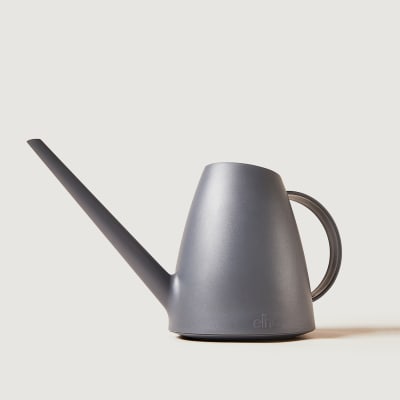
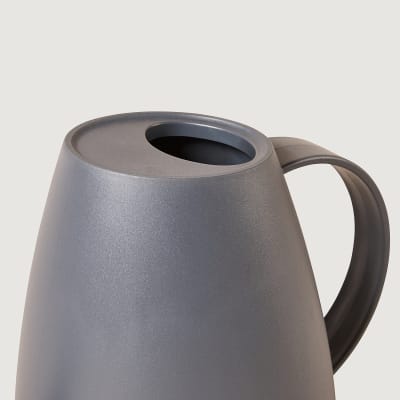
£12.00
So, how should you water your outdoor plants?
Depending on the species and the time of year, you can usually get away with watering your indoor plants once a week or so. Outdoor plants rarely stick to such a schedule - at certain times of the year you can leave them be for a couple of weeks, while in the height of summer pots can need watering twice a day.
Wherever your plants are, the way to work out if they need a drink remains the same: the finger-dip test. Push your finger into the soil up to the knuckle - if it feels dry at the tip of your finger it’s time to water, if it’s still damp then you can leave it for now. Where the soil is too solid to get a finger in, use a stick to pierce the soil and test the moisture.
Watering as and when it’s needed works, but there are also a few moisture retention methods that will keep your plants a bit happier in their sunny spots.
Keep in mind though that none should be used to replace checking on your plants yourself - figuring out how often your plants need water is an important part of learning how to look after them.
The capillary method involves placing a piece of cloth into your plant’s container, with the other end in a container filled with water. As long as there is liquid in the container, and it’s higher up than your plant, your plant can wick water up through the cloth as needed. A helpful trick when you go on holiday but it’s unlikely to work well enough to replacement for watering altogether.
Adding moisture-retaining crystals to the soil helps to cut down on how often you need to water them and helps to ensure your plants have consistent moisture. They absorb water when it’s wet and release it as the soil dries out. Moisture-retaining crystals do increase considerably in size when wet, so make sure not to go above the recommended amount for your container’s size avoid any damage to the plants or pot.
Another option is to cover the surface of your plant’s soil with things like slate or pebbles; not only does this stop water evaporating as quickly, but it can also help keeping animals off your plants. Larger animals like cats, but also slugs and snails, don’t like moving over the rough surfaces and sharp edges.
Finally, you can also set up a hose or sprinklers on a timer or invest in self-watering pots. These can be expensive, but can save time and plant deaths, especially if you travel a lot.
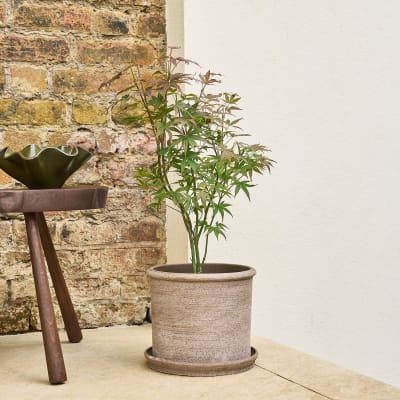
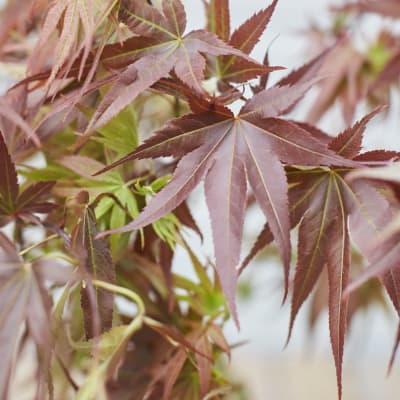
From £30.00
Out of stock
See options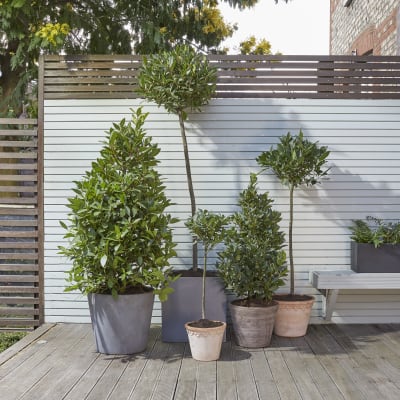
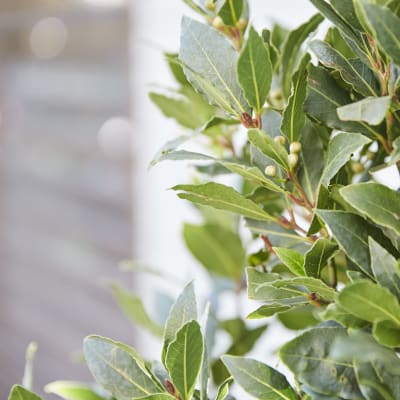
From £35.00
Out of stock
See options
Free standard delivery on orders over £50
Need to get in touch?
Just use the help widget to send a message to the team.
Customer service opening hours:
Monday to Sunday 9am-8pm
Live chat is available 10am-5pm Monday to Friday
Secure payment - our systems are protected with bank-grade security. Your payment is safe with us.
We work directly with over 40 specialist growers to bring you the best quality plants
If you need advice, just get in touch - we’ll be your personal plant gurus as long as you need us. If something’s up, tell us within 30 days of delivery — we’ll sort it.
We usecookiesto improve your experience on our site.